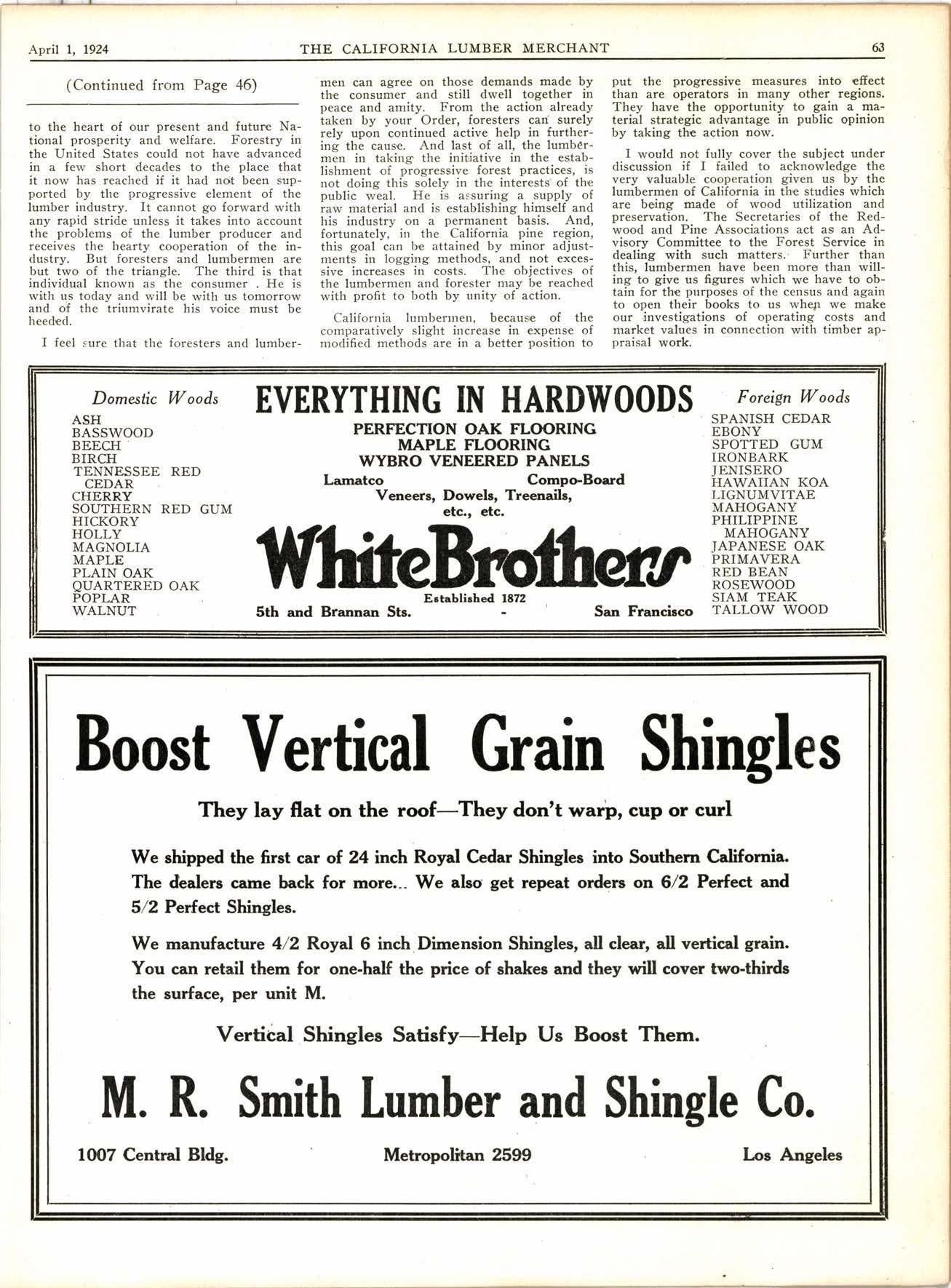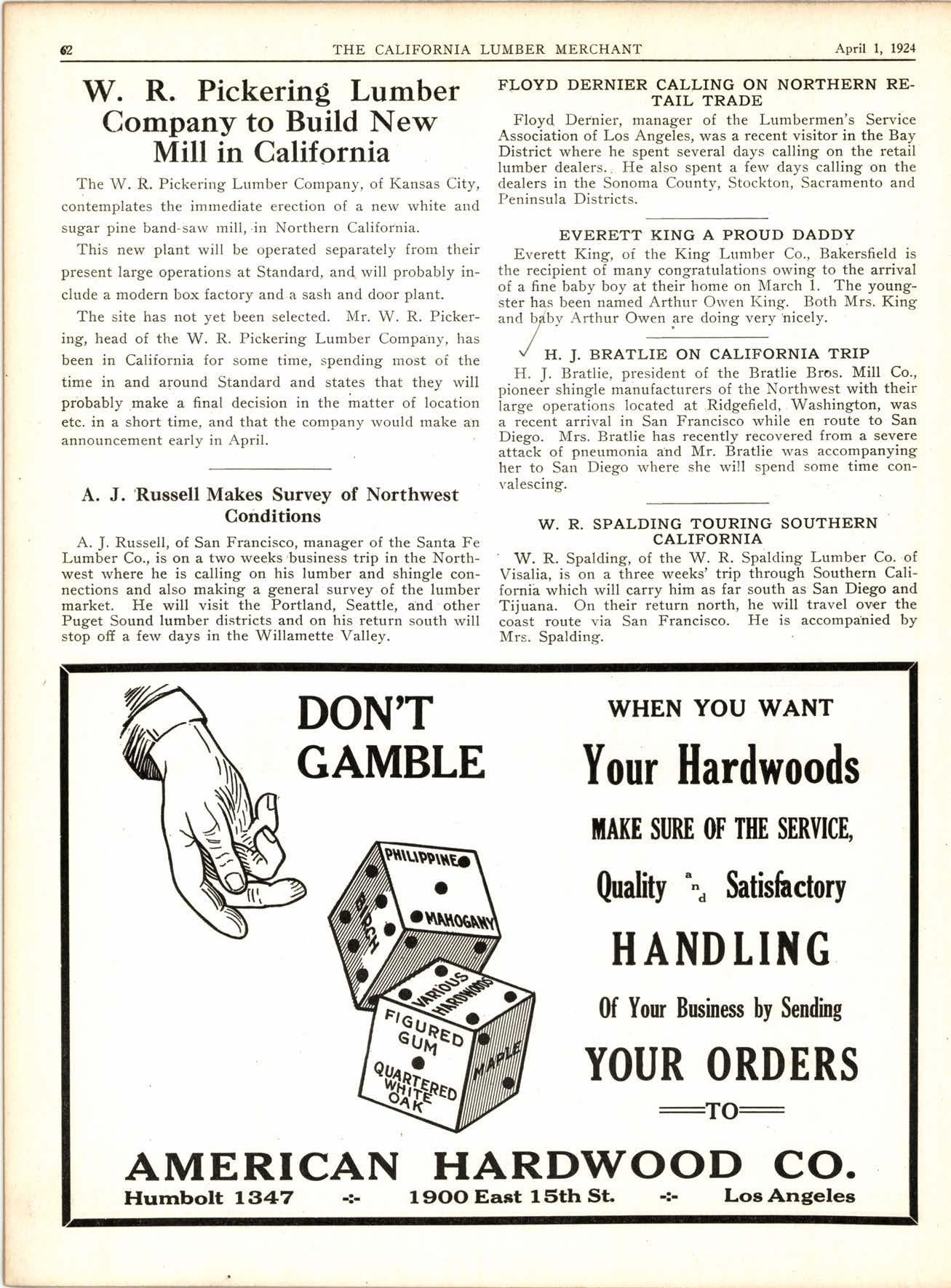
2 minute read
Some Technical Advertising Ideas
Men who are making the greatest success of advertising, prepare their copy u'ith the main idea of CREATING DESIRE.
As many changes are rung in on that desire as the nature of the article, and the ingenuity of the copy-writer can produce.
The UTILITY-Ihe FUNCTIONS of that article are played up in every possible manner, until the DESIRE for POSSESSION overpowers the desire to keep the money-the AMOUNT of the money being secondary.
TFIAT method of advertising is fundamental; it applies whether the commodity to be sold is phonographs, fountain pens, lard, or building materials. And the same success rvill be secured by the sellers of ANY commodity, just so long as they properly advertise the FUNCTION and not the thing itself.
No one buys anything for the mere sake of having it. It is not the possession of the article that gives the benefit t'hich alone can be the excuse for a sale-the exchange of money for article.
The only reason u'e value money is for what it WILL DO. A' dollar in the pocket is without value; it's sole worth lies in the fact that it can be exchanged for something that rvil1 benefit YOU. It can be urged that its mere possession is of value, but that is begging the question, for that possession is of value solely and only because of the latent powers of purchase, and; not at all THROUGFI the possession.
That is a distinction that is not usually made, and it is for that very fact that so many people fail to judge betu'een mere possession, and beneficidl use.
Another angle of the same argument is this:
People have not as yet become fully aware of the fact thatthey are not really buying rvhat they buy; which rather cryptic statement may be interpreted to mean that although we are beginning to talk the function of the building to be er.entually erected from our materials, lve still retain the old manner of referring to same, using the rvord"lumber" rvhen \\'e filean "protection f rom the rveather in the shape of a tvall," and "shingles" r.hen rve mean "proection from the rain in the shape of a roof."
Arrd rvhen it is this 1,ery protection lvhich our customer is trying to buy, it is no .ivonder that he is somervhat corlfrrsecl and that rve tr,y to overcome that confusion by the only thing that comes to our minds, and that is by trying to irnpress himrviththefactthat he is getting a good money bargain through prices.
Lumber is but one of thousands of things that the constlmer wants and it isNOT the most important thing to his heart-as it seems to us it should be.
We naturally think the farmer should spend most of his leisure moments figuring onwhat new buildings he could erect, but Mr. Farrner today reads lots of literature with lots of ads written by men who know how to write an appeal, and hotv to make himwantthe things they l-rave for sale.
They talk phonographs, and rnotor cars, and glad rags, and kitchen cabinets and handsome rugs and books and a thousand other things, and they tell their story so that they make that farmer and that farmer's family want those things they offer for sale, and they talk the BENEFIT of those things so convincingly and clearly and persistently.
There can be no doubt butthat an appeal from OUR business based on the functions of a building brings greater results than merely price appeal.
Goods sold under that sort of an appeal will stay sold and will create a desire for other goods to. perform similar functions, and thatthis course of selling will create permanent trade where the price making coLlrse of selling raw materials can only succeed in rnaking single sales.
-104 kinde 3/8" and, l3/li"- lf,/here men make an art oI a trade-where the highcet &gre of exellence ir the only standlrd tolentd-vhere it ii an hon-or ud distinction to produce better than the uual qurllty of Flooring. L.









